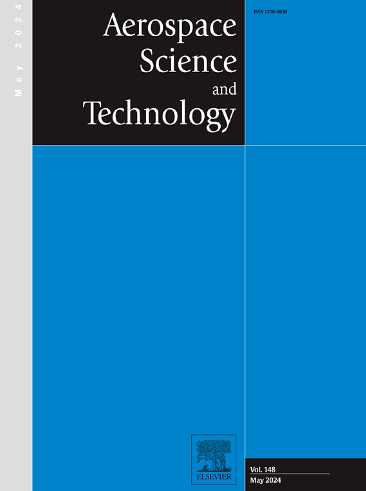Enhancing air traffic complexity assessment through deep metric learning: A CNN-Based approach
IF 5
1区 工程技术
Q1 ENGINEERING, AEROSPACE
引用次数: 0
Abstract
Air traffic complexity is related to the workload of air traffic control officers and pilots, subsequently leading to potential effects on flight safety and efficiency. However, assessing air traffic complexity accurately is still a question in the concept of Air Traffic Management (ATM). In this study, a model for air traffic complexity assessment is proposed based on deep metric learning. Specifically, the air traffic data collected by surveillance radars are adopted to generate the air traffic image set, from which air traffic features are extracted based on the Convolutional Neural Networks (CNN) model. After that, the deep metric learning method based on Asymmetric distance, Aggregation loss, and Edge hard loss, called AAEDM, is applied to address the problem of class imbalance in air traffic images. Finally, the traffic complexity assessment model is proposed based on AAEDM. The proposed model is validated through comprehensive experimentation using two established standard datasets. The results of these experiments indicate the outstanding proficiency of AAEDM, particularly in scenarios involving unbalanced data. The proposed model can extract deeper features of air traffic than traditional machine learning methods, outperforming other models for air traffic complexity assessment. This study can help assess air traffic complexity and improve the robustness of the ATM system.
通过深度度量学习加强空中交通复杂性评估:基于 CNN 的方法
本文章由计算机程序翻译,如有差异,请以英文原文为准。
求助全文
约1分钟内获得全文
求助全文
来源期刊

Aerospace Science and Technology
工程技术-工程:宇航
CiteScore
10.30
自引率
28.60%
发文量
654
审稿时长
54 days
期刊介绍:
Aerospace Science and Technology publishes articles of outstanding scientific quality. Each article is reviewed by two referees. The journal welcomes papers from a wide range of countries. This journal publishes original papers, review articles and short communications related to all fields of aerospace research, fundamental and applied, potential applications of which are clearly related to:
• The design and the manufacture of aircraft, helicopters, missiles, launchers and satellites
• The control of their environment
• The study of various systems they are involved in, as supports or as targets.
Authors are invited to submit papers on new advances in the following topics to aerospace applications:
• Fluid dynamics
• Energetics and propulsion
• Materials and structures
• Flight mechanics
• Navigation, guidance and control
• Acoustics
• Optics
• Electromagnetism and radar
• Signal and image processing
• Information processing
• Data fusion
• Decision aid
• Human behaviour
• Robotics and intelligent systems
• Complex system engineering.
Etc.
 求助内容:
求助内容: 应助结果提醒方式:
应助结果提醒方式:


